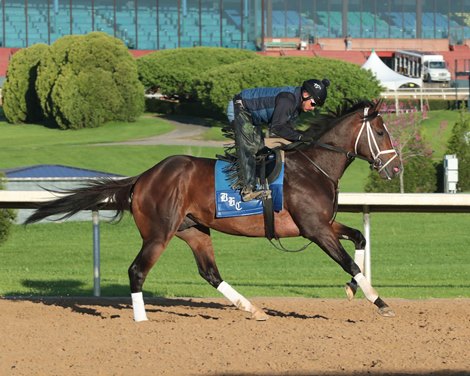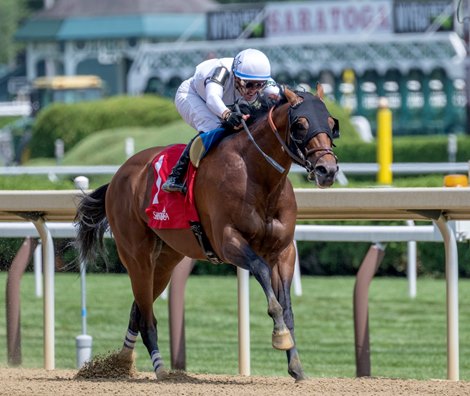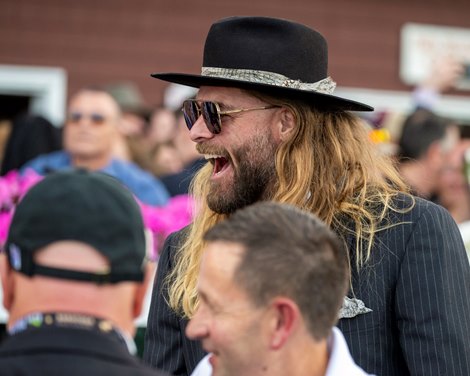The four teams remaining in the hunt for 2024 Paris Olympics spots from the FIH Women’s Hockey Olympic Qualifiers in Ranchi have a nice spread to them. Not just in terms of world rankings — Germany (5) and Japan (11) from Pool A and India (6) and USA (15) from Pool B — but also in the kind of hockey structure in their respective countries.

Germany, like most European hockey nations, has a thriving club culture for the sport where every player of the national team plies their trade. It means in a de-centralised training system Valentin Altenburg, the senior women’s team head coach, “basically never has the players together”, he says. Jude Menezes gets to work with Japan’s national team members for not more than 100-120 days a year, with the Japanese league from April to December keeping the players busy the rest of the time.
India head coach Janneke Schopman, on the flipside, has her players for a large part of the year, with the women’s team — and its larger core group — huddled in national camps in Bengaluru when not playing international tournaments. USA too has a camp-based centralised setup, wherein their players train under head coach David Passmore while working part-time.
The club competition-versus-camp based structures carry their own set of pros and cons, the coaches concur. Yet the consensus among them is that no amount of symphonic work in camps and simulated intra-squad games can match club hockey experience in quality leagues, in terms of developing a sense of game awareness and a taste for different hockey cultures.
Joining the US setup 15 months ago, Passmore — he has previously coached in England and Ireland — could not believe that after graduating from universities, American players either only play for the national team or are “finished” with the sport. He has developed the current squad that remains unbeaten in this tournament through a series of camps over the last year, but also pushes players into the club hockey world.
“I’d rather have both. I’d rather have them go in and out of clubs, because it gives them another focus,” he says. “I actively encourage some of them at times to go and play in Europe. And many of them have done that. It gives them a cultural understanding of the sport as well.”
Schopman, the former Dutch player, also backs that from her own experience of playing club hockey for HC Den Bosch. Unlike with her playing days, a current Indian player’s game-time is almost exclusively restricted to international matches. Usually on average, national camps lasting between 3-5 weeks are followed by a tournament. A short break later, players are back in the camp for another cycle.
“If you have a strong competition, it gets you a lot of game opportunities,” the Indian head coach said. “The German players, for instance, have a lot of matches under them, including international and club hockey. Playing games means learning decision-making, awareness. And that is always an advantage compared to training. Because in training if you make a mistake, there are no consequences. But if you lose over the weekend (in a club hockey match), you don’t feel so great. From my own experience, that has always been an advantage. And that’s where European teams in general, with a lot of league hockey, have a little bit of an edge in that game awareness aspect.”
While Schopman has several camps to play with through the year, Germany coach Altenburg had just one in November last year in South Africa ahead of a tournament in December. Other than the rare camp, the only time Germany’s 2016 Rio Games bronze-medal winning coach has his players together is during matches. His coaching staff works in the respective hometowns of different players, who spend the entire summer playing the women’s Feldhockey Bundesliga, their top hockey league.
“The advantage of a centralised system is obvious — the team is always together; everybody knows everyone very well. It’s like a machine,” said Altenburg. “So we need to have a different advantage. My team is never a machine, but they’re very creative with what they do. Our game will be very different from teams with centralised system, where opponents know exactly what to expect. For is, every attack is different. Every situation with the ball is different.
“Playing club hockey benefits these players because they are leading their teams there, developing their games and personalities. Club hockey also helps develop those individual personalities.”
That is where nations like Netherlands, Germany and Belgium — with a traditional and solid club setup — give European hockey the edge. However, Menezes, who worked in a centralised program in New Zealand before coming to Japan where he gets short 10-day camps before players go back to the club environment, felt for a country like Japan, a nationalised setup may do more good.
“If you’re playing club hockey in the Netherlands, great. Because that’s as good as international hockey. You want to be playing at a high competitive level, because that will raise your standard. And any hockey that is raising your standard is good hockey,” the former India goalkeeper said.
“But sometimes your best bet might be the national program, because that’s your most talented group of 35 players. So that would be the highest and strongest level in your country if your club system is not good enough. That said, there are pros and cons both ways.”










Leave feedback about this